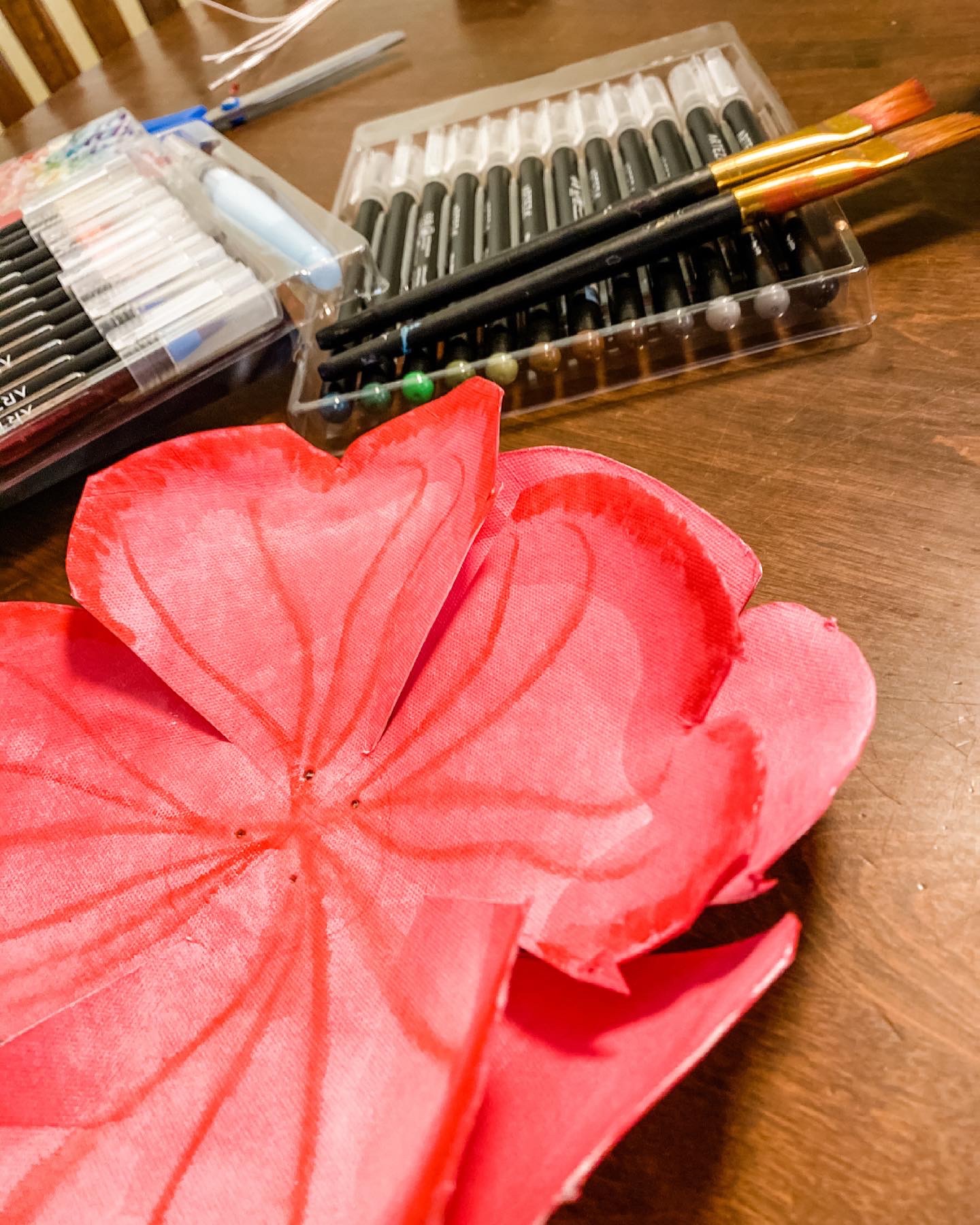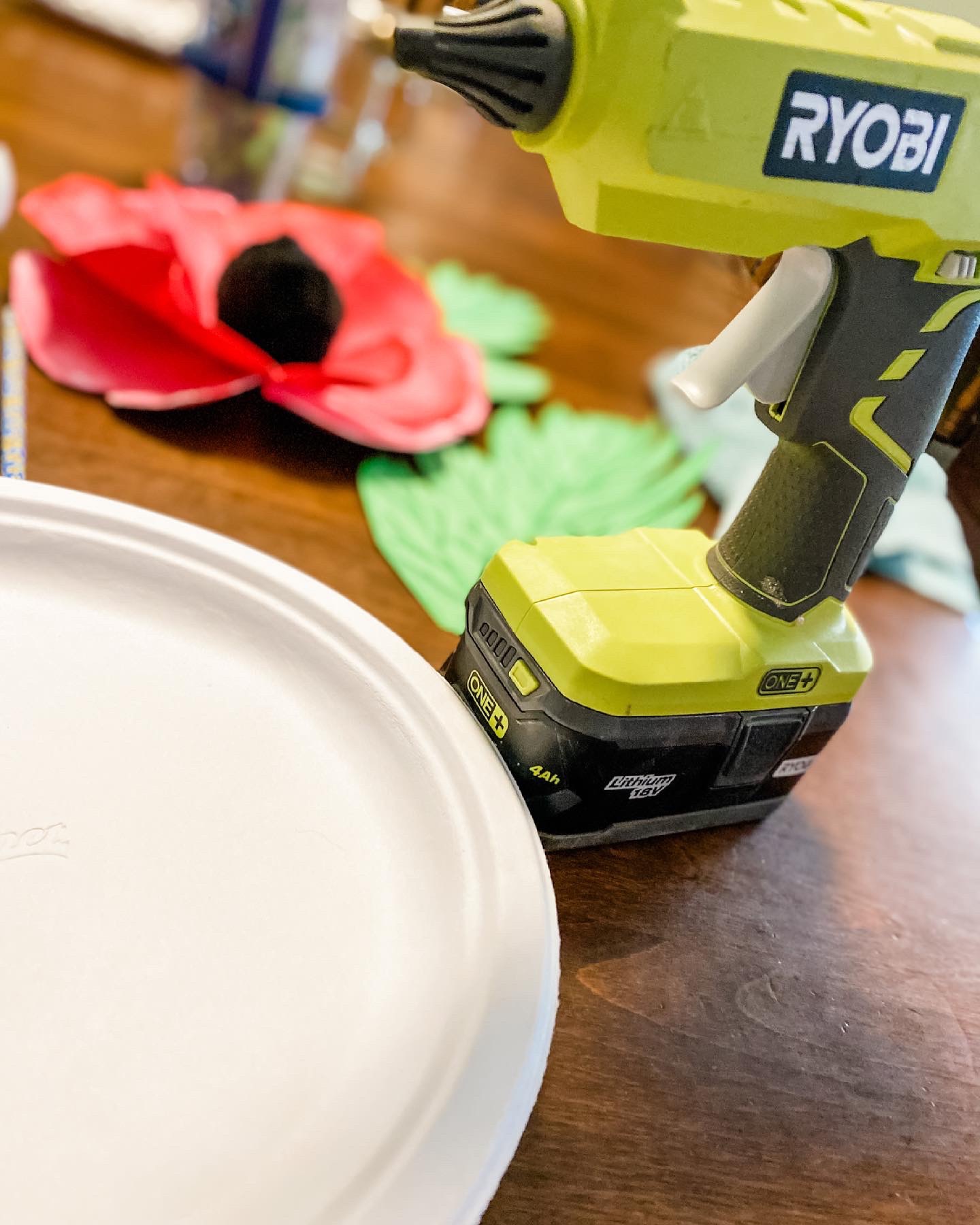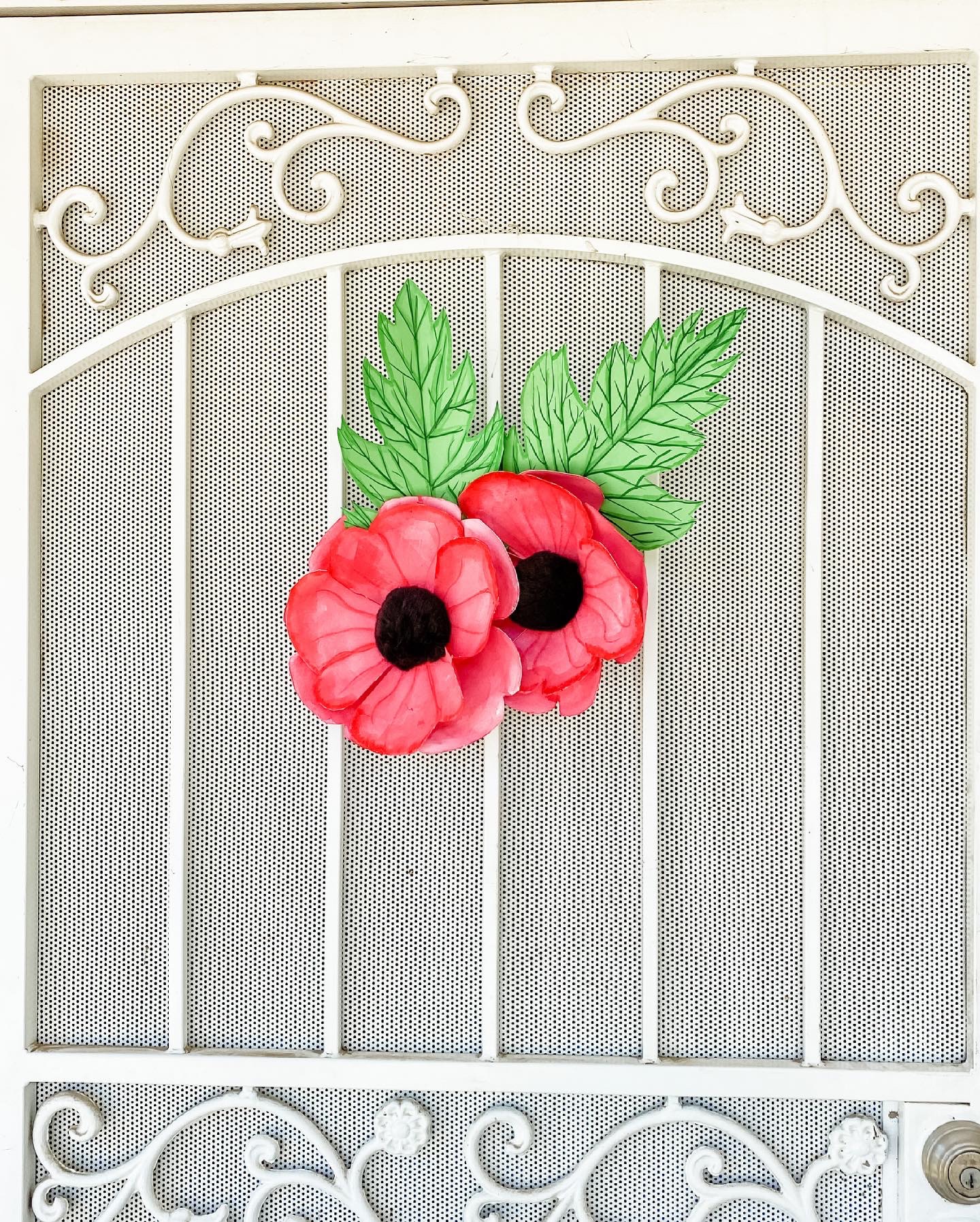Memorial Day poppies usually appear every year and raise funds for a great cause, but over the last couple years I see less and less of them. Then what really breaks my heart is that most people don’t even understand their significance for Memorial Day. It’s a rich part of not only American history but world history.
So here is the history behind these beautiful red flowers…
The red poppy, or Remembrance Poppy, has been a symbol of lives lost to war since World War I (1914–1918), and it plays a big part in the history of Memorial Day. The poppy is worn in many of the countries that were Allied during World War I, including Great Britain, France, Belgium, Australia, New Zealand, Canada, and the United States. In most of those other countries, the poppy is worn on and leading up to Armistice Day (also known as Remembrance Day) on November 11, which is Veterans Day in the United States, or on ANZAC Day (April 25) in New Zealand and Australia, which commemorates the Australian and New Zealand Army Corps troops who served in the 1915 Gallipoli Campaign. But in the United States, the poppy is worn on Memorial Day.
The poppy as a symbol of war casualties started with a poem. In the spring of 1915, a Canadian artillery unit brigade surgeon named Lieutenant Colonel John McCrae saw bright red poppies blooming on the war-torn fields where so many soldiers had lost their lives, and he was moved to write “In Flanders Fields.”
The poem begins, “In Flanders fields the poppies blow / Between the crosses, row on row,” and ends, “If ye break faith with us who die / We shall not sleep, though poppies grow / In Flanders fields.” The poem was published in a London magazine and later syndicated to publications in other Allied countries, where it was seen by two separate (but important) women.
Two women in different countries saw the poem and were inspired in different ways. American University of Georgia professor Moïna Michael wrote a poem in response to McCrae’s, titled “We Shall Keep Faith,” in 1918. She also started wearing a red poppy in honor of the troops and came up with the idea of making and selling red poppies to raise money for veterans.
Meanwhile, in France, Anna Guérin organized large poppy drives, making and selling poppies to raise money for widows, orphans, and veterans, and to fund France’s post-war restoration efforts. She championed her idea for an “Inter-Allied Poppy Day” and started Poppy Days worldwide, during which fundraising poppies were sold in many Allied countries. Poppy factories were set up, often employing disabled servicemen to make the silk and paper blooms.
To this day many Americans will pin a bright red poppy to their shirts as a sign of respect. In the United States, the poppy is traditionally worn on the last Monday in May, Memorial Day, to commemorate the lives of those who died fighting for our country. The Friday before Memorial Day is National Poppy Day. You can find poppies that are handmade by veterans as part of their therapeutic rehabilitation and distributed across the country by the American Legion Auxiliary in exchange for donations that assist disabled and hospitalized veterans. Be sure to also check with your local Veterans programs to see if they are offering poppy pins to support your local veterans.
Help Keep The Red Poppy Tradition Alive
Here are some fun resources to teach your kids about the importance of the Red Poppy
Books: YouTube Read Alouds
A Poppy is to Remember
The Poppy Lady
The Poppy Story
Short video on the history and how Australia uses the poppy
Red Poppy Craft
We used the second activity from the poppy flower project and used big black pom poms for my stigma, instead of drawing them on. We double plated our poppies to make them fuller. Make sure to soften and work the paper petals and bend them the way you want them. Then we made big green leaves from card stock and added details using watercolor pens.



